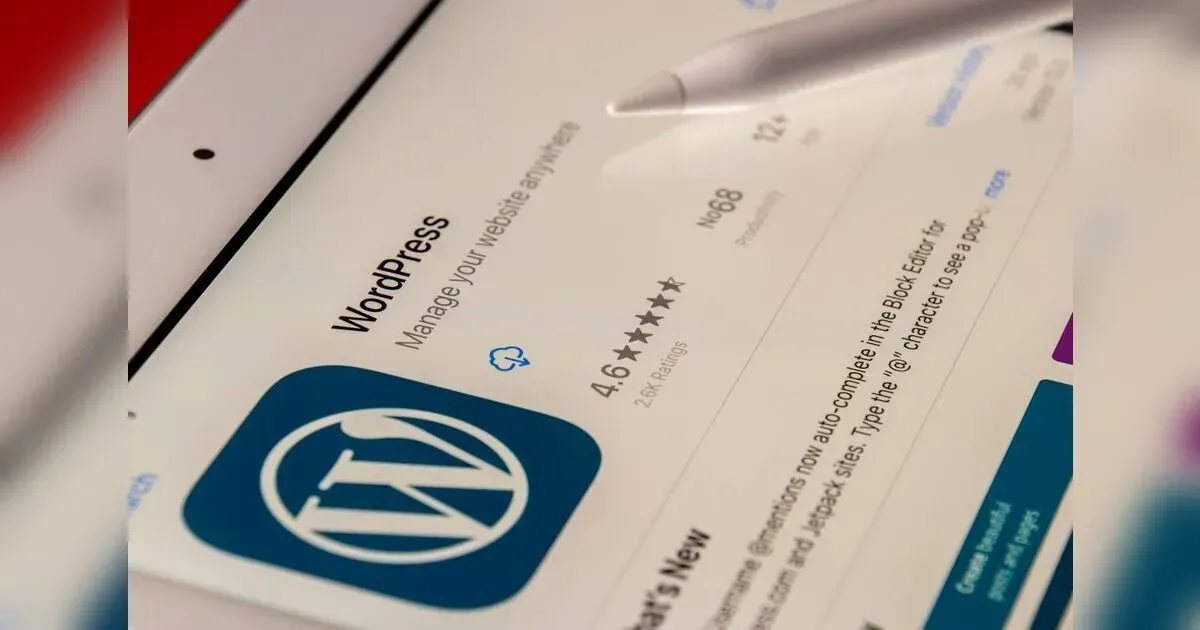This Blog Looks Into Some of the Survival Tactics Anyone Can Use To Survive When Drowning.
What to Do in the Water When You’re Drowning
Drowning is a terrifying experience, and knowing how to respond can make a life-saving difference. Whether you’re a strong swimmer or not, emergencies can happen unexpectedly. Here’s what you need to know about drowning and how to take action:
Signs of Drowning
Recognizing the signs of drowning is crucial. When someone is in distress in the water, they may exhibit the following behaviors:
- 1:Silence: A drowning person won’t have the breath to call for help. They remain eerily quiet.
- 2:Bobbing Up and Down: Their mouth might dip below the water’s surface, then pop up just enough to breathe, and sink back down.
- 3:Stiff-Armed: Instead of waving for help, they may have their arms out to the side, pressing down on the water to stay afloat.
- 4:Still: Their body could be straight up and down, almost as if they’re standing in the water. There won’t be frantic kicking or flailing.
Remember, even proficient swimmers can drown, and it can happen swiftly. Vigilance is essential, especially when children are around water. Drowning can occur not only in large bodies of water but also in hot tubs, bathtubs, decorative ponds, buckets, and even toilets.
Immediate Actions
If you encounter someone in trouble in the water, follow these steps:
- 1:Get Help: If a lifeguard is nearby, notify them. Otherwise, ask someone to call 911. If you’re alone, proceed to the next steps.
- 2:Move the Person: Safely remove the person from the water as quickly as possible.
- 3:Check Consciousness: Shout to get a response. Tap their shoulder. If there’s no reaction, place them on their back on a firm surface.
- 4:Start CPR: The guidelines for CPR have changed. Remember “C-A-B”:
- 5:Compressions: Kneel next to the person’s neck and shoulders. Place the heel of one hand on the center of their chest at the nipple line. Keep your arms straight and press down hard (at least 2 6:inches). Do compressions at a rate of 100-120 per minute (think of the Bee Gees’ song “Staying Alive”).
- 7:After 30 compressions, open their airway and begin rescue breathing (mouth-to-mouth or mouth-to-nose).
- 8:Airway: Put one palm on their forehead and tilt their head back.
Additional Tips
- Toss a Lifesaving Device: If available, throw a lifesaving device, rope, towel, or even a pool noodle to the person without risking your safety.
- Call 911: Inform others that someone is drowning so they can call for help. Alert lifeguards if present.
- Conclusion
Remember, every second counts during a drowning emergency. Be prepared, stay vigilant, and take swift action to save lives


























